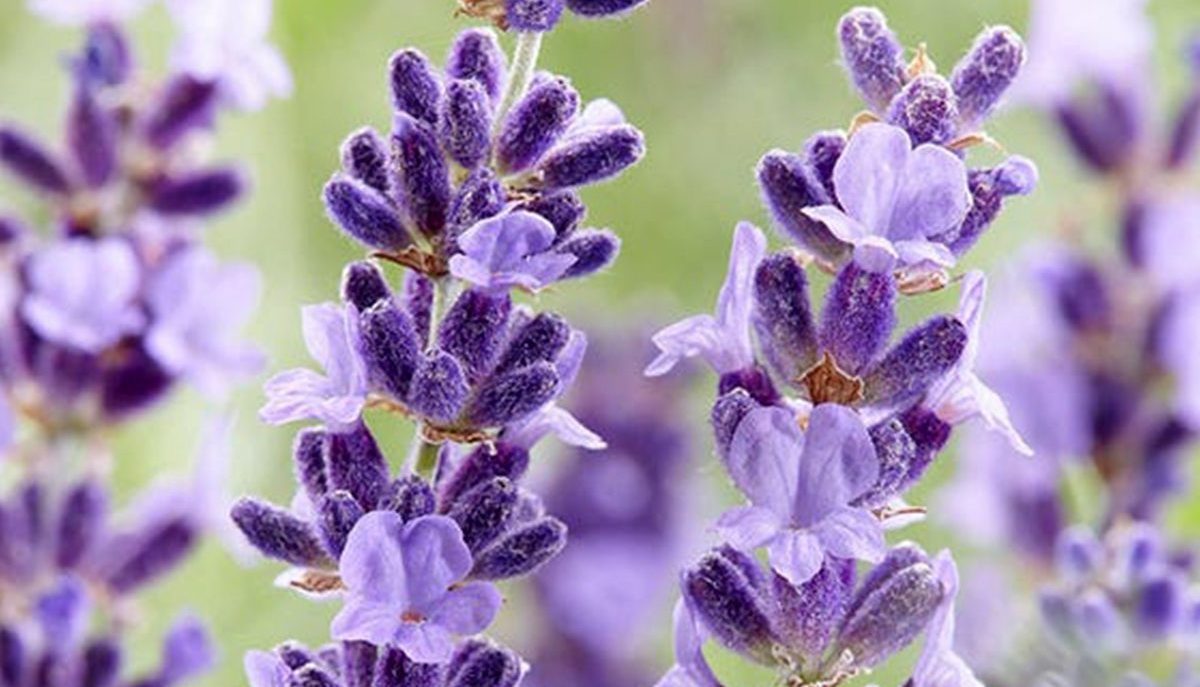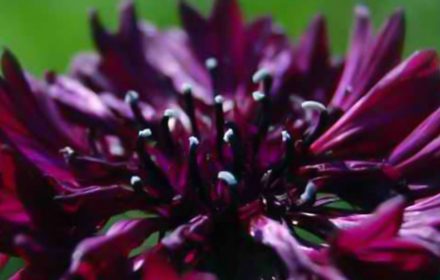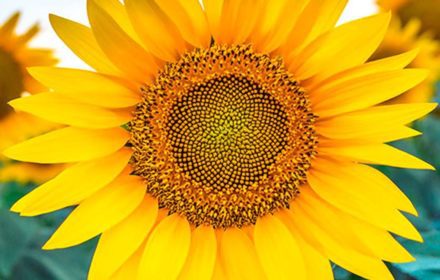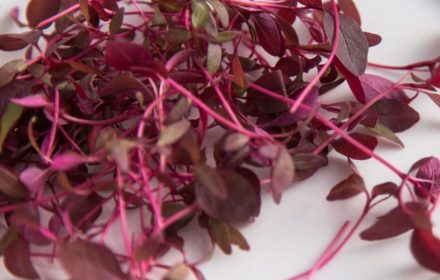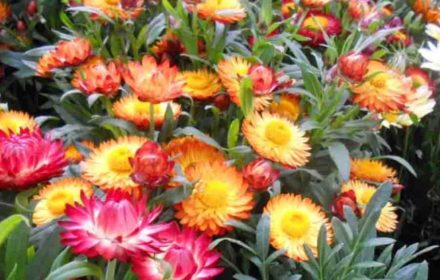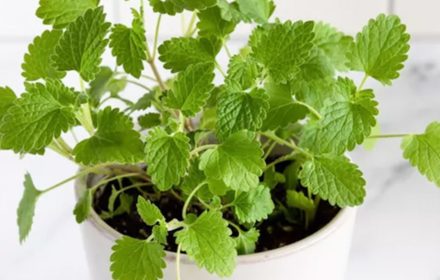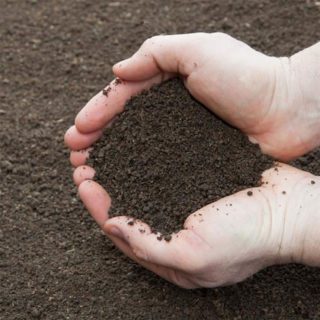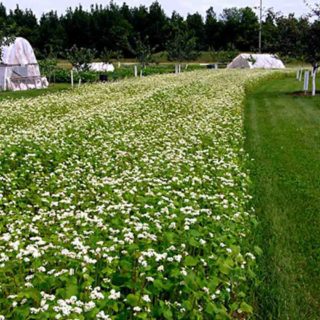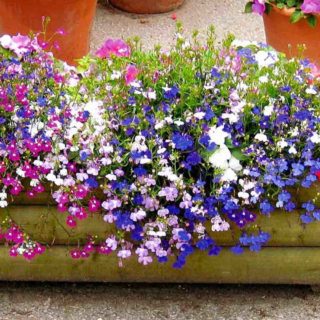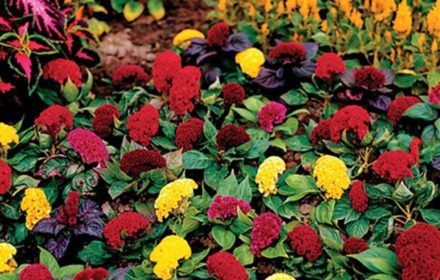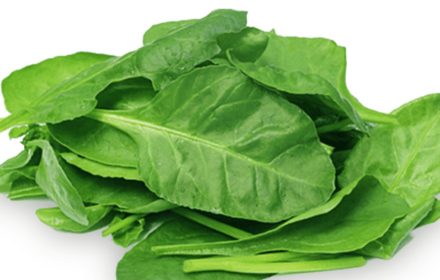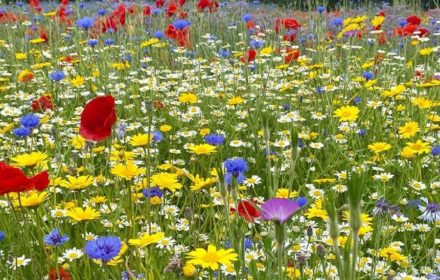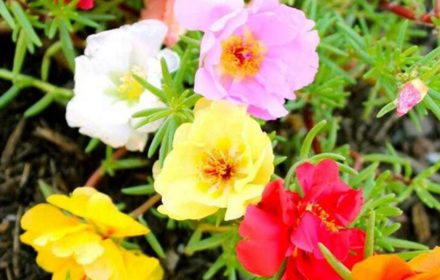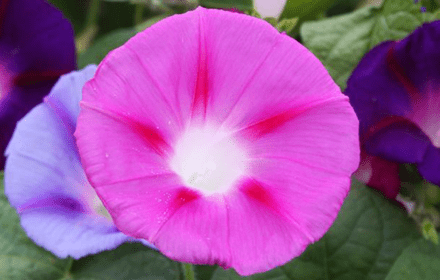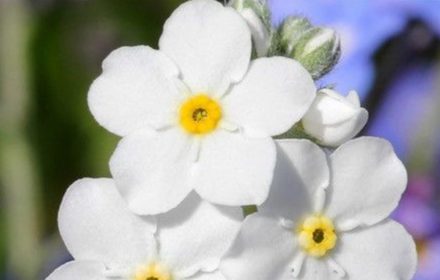How to Sow Purple Rain Lavender Seeds in the UK
Purple Rain Lavender is a hardy perennial known for its vibrant purple flowers and calming fragrance. Although lavender seeds can take time and patience to germinate, successful cultivation rewards gardeners with long-lasting plants that can thrive for decades. Its strong scent and beautiful blooms attract bees and butterflies, making it a popular feature in UK gardens.
When to Sow Purple Rain Lavender Seeds
- Indoor Sowing: Sow indoors 10-12 weeks before the last frost, typically from January to March.
- Outdoor Sowing: Sow directly outdoors from late spring (April to June) once the soil has warmed and the risk of frost has passed.
Step-by-Step Guide to Sowing Purple Rain Lavender Seeds
Pre-Sowing Preparation
- Cold Stratification: Place the seeds in the fridge for 7 days before sowing to help break dormancy and improve germination rates. Wrap the seeds in damp kitchen roll or place them directly in a sealed container.
Indoor Sowing
- Growing Medium: Use a light, well-draining compost mixed with sand or perlite to replicate the plant’s natural growing conditions.
- Sowing Depth: Sow seeds about 2 mm (1/14 inch) deep. Cover lightly with fine compost or sand, ensuring some light can reach the seeds.
- Temperature: Maintain temperatures of 21°C (70°F) using a propagator or place pots in a warm, well-lit location.
- Watering: Keep the compost lightly moist but avoid overwatering, which can cause seeds to rot.
Outdoor Sowing
- Soil Preparation: Choose a sunny spot with well-draining soil, ideally sandy or alkaline. Loosen the soil and remove any weeds or clumps.
- Sowing Depth: Sow seeds at the same depth as indoor sowing (about 2 mm deep) and cover lightly with soil.
- Watering: Water gently after sowing and keep the soil consistently moist until germination.
- Germination: Germination can take 14-28 days under ideal conditions but may be slower in cooler outdoor environments.
Caring for Purple Rain Lavender Plants
- Transplanting: Transplant seedlings when they are about 2-3 inches tall and have developed several true leaves. Space plants 12-18 inches apart to allow for airflow and full growth.
- Watering: Water moderately during the establishment phase, ensuring the soil is well-drained. Once established, lavender is drought-tolerant and only requires occasional watering.
- Fertilising: Lavender thrives in lean soil. Apply a light liquid fertiliser every 4-6 weeks during the growing season, but avoid over-fertilising, which can lead to leggy growth.
- Sunlight: Lavender prefers full sun and should be planted where it receives at least 6 hours of direct sunlight daily.
- Pruning: After flowering, trim the plants lightly to encourage bushy growth and remove any dead or spent flowers to promote further blooming.
Common Questions About Growing Purple Rain Lavender in the UK
- Why do lavender seeds need cold stratification? Cold stratification mimics the natural winter conditions that lavender seeds experience before germinating in the spring. Without this process, germination rates can be significantly lower.
- How long does lavender take to flower after sowing? Lavender typically takes 12-16 weeks to flower after sowing under ideal growing conditions. However, full blooming may occur in the second year, especially when grown from seed.
- Can I grow lavender in containers? Yes, lavender grows well in containers as long as the pots have good drainage. Use a sandy or loamy compost and ensure the container is placed in full sun.
- How do I prevent lavender plants from becoming woody? To prevent woody growth, prune the plants annually after flowering. Trim about one-third of the plant, avoiding cutting into old, woody stems. Regular pruning encourages new growth and maintains the plant’s shape.
- Does lavender require fertilising? Lavender thrives in lean soil and generally does not require much fertilisation. If necessary, apply a light feed during the growing season, but avoid over-fertilising to prevent excessive leaf growth at the expense of flowers.
- Is lavender drought-tolerant once established? Yes, established lavender is drought-tolerant. However, during the first year, it’s important to maintain consistent watering until the plants are fully established.
Purple Rain Lavender is a rewarding plant for those willing to invest time and care during the early stages of growth. With its fragrant flowers, pollinator-friendly nature, and versatility in gardens or containers, it is a must-have for UK gardeners seeking long-lasting beauty and practicality.

